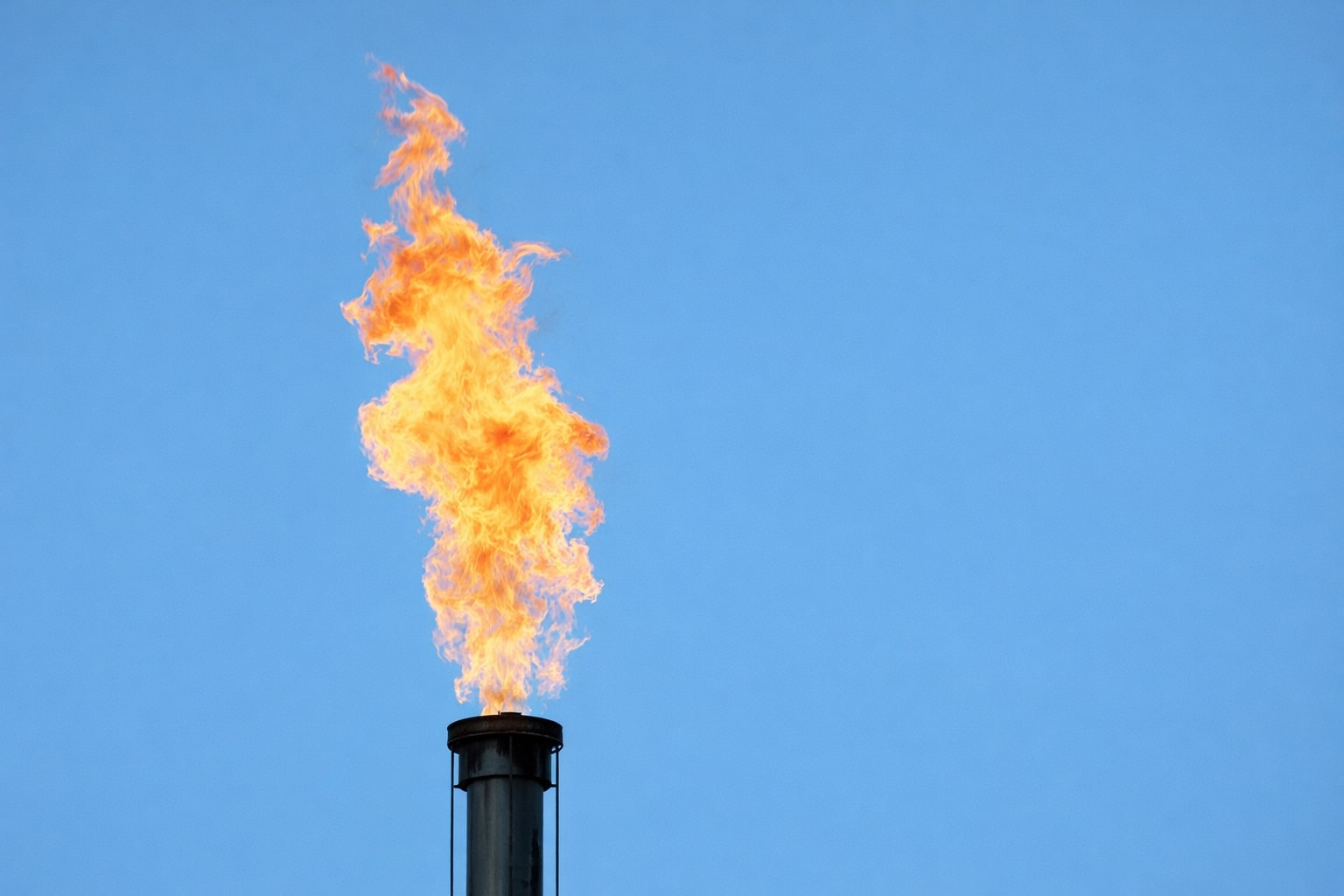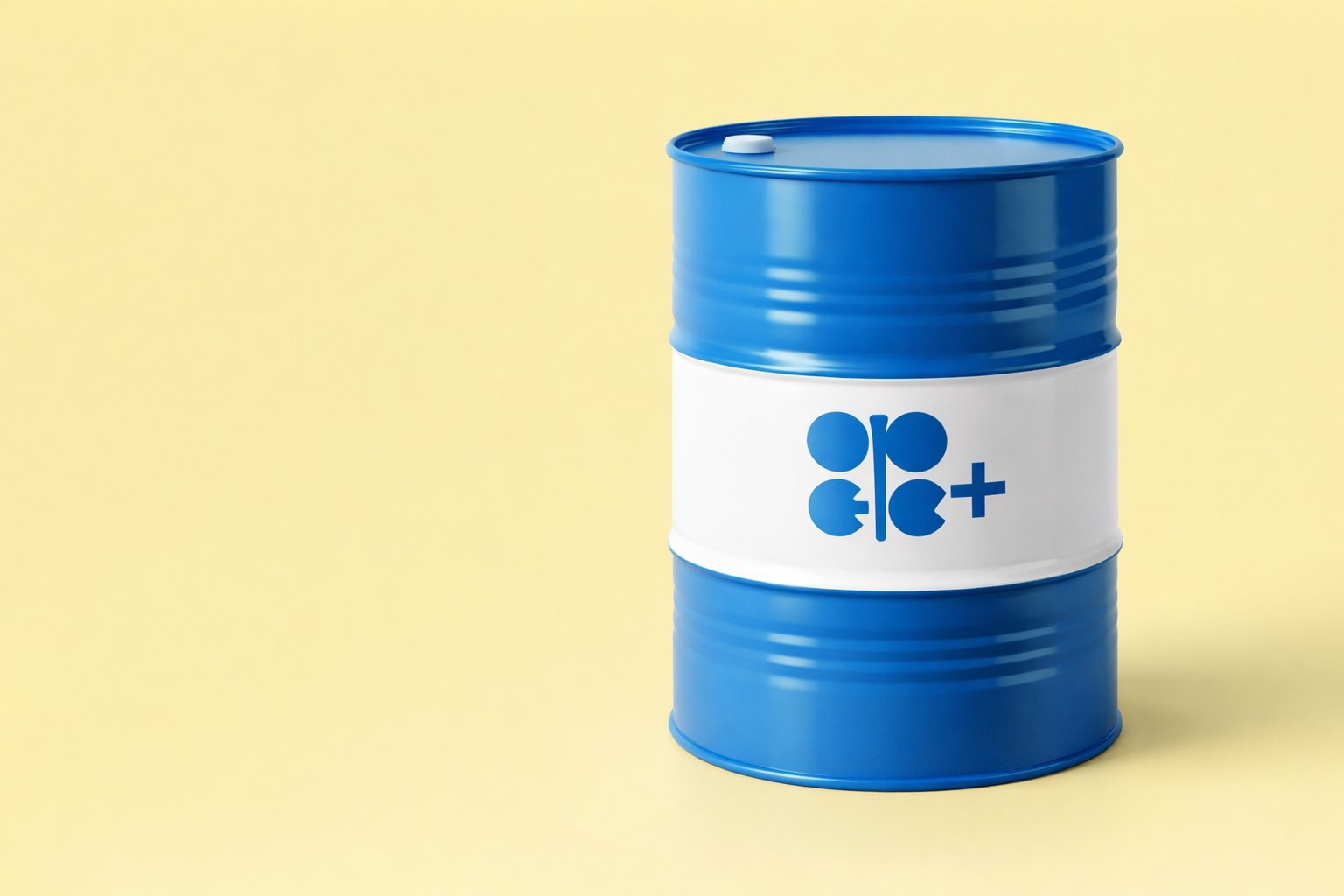
Trading News Natural Gas Markets and NYSEarca:UNG ETF
NYSEarca:UNG ETF Recent Performance Evolving Natural Gas Market Dynamics and Future Outlook | That's TradingNEWS
The United States Natural Gas Fund, UNG ETF, has shown notable fluctuations in its performance due to the dynamics of the natural gas market. As of the close on July 19, 4:00 PM EDT, the fund stood at a NYSEArca delayed price of $7.00. Pre-market stats revealed a slight increase by $0.10 to $7.10, translating to a 1.43% gain. The trading volume was 13,527,215, less than the average of 19,072,359.
The net assets of UNG are valued at $1.12B, with a Net Asset Value (NAV) of $7.02. It holds an expense ratio (net) of 1.06%, and it was established on April 18, 2007. However, its current PE ratio (TTM) is not applicable.
Over the years, UNG has witnessed consistent negative returns. Its trailing returns indicate a year-to-date decrease of -50.35%, a 1-month return of -2.64%, a 3-month return of -4.76%, a 1-year return of -72.38%, a 3-year return of -11.24%, and a 5-year return of -20.58%.
Currently, the natural gas market is transitioning from an oversupply to a deficit. This shift is triggered by the rising demand during the summer and a decrease in the number of active drilling rigs, potentially pointing to a decline in output levels. The risk factors for UNG are changing too, including potential shifts in export demand and the risk of a manufacturing recession.
Despite these risks, there is an expectation that natural gas will reach breakeven levels as producers decrease output. UNG might offer double-digit net returns by 2024. Although the outlook on UNG is generally positive, economic risk factors and the potential emergence of "contango decay" could cause significant volatility.
Natural gas producers have reduced their active rig count since April, suggesting a forthcoming decrease in output levels. The demand has been on a decline, notably among steel producers due to their high energy consumption.
Despite the risks and declining demand, there is optimism surrounding UNG's potential rise. Investors are encouraged to review UNG's fundamentals to understand its immediate and long-term risk-reward factors.
The future of UNG looks promising yet challenging due to constant changes in the natural gas market. Natural gas production is expected to decline soon due to aggressive output and drilling cuts by producers in 2020. Natural gas spot prices remain below breakeven profit levels, which have been increasing due to rising labor and supply costs. Moreover, the natural gas rig count is declining swiftly, indicating a decrease in new well drilling by producers.
However, a combination of bullish and bearish factors is affecting the attractiveness of UNG for investors. Low prices are pushing drillers to reduce activity, potentially causing a more substantial supply decline. Still, this might be offset by lower economic demand and decreased US exports.
The working natural gas inventories in the Lower 48 states were at 2,930 billion cubic feet (Bcf) as of July 7, according to the Weekly Natural Gas Storage Report. This is a result of U.S. natural gas production outpacing demand, causing a drop in prices during the first half of the year.
However, natural gas demand is increasing due to higher usage of air-conditioning because of intense heat. With natural gas powering nearly 40% of U.S. utility-scale electricity generation, the sweltering heat implies increased cooling demand and the resultant usage of natural gas.
The current natural gas price stands at $2.65 per MMBtu, significantly lower than last August's peak, providing room for further increase. Geopolitical crises, particularly in Europe, have disrupted natural gas supplies from Russia due to the ongoing war in Ukraine and associated sanctions on Russia, leading to pressure on the United States to supply liquified natural gas (LNG) to affected countries.
UNG held 92,986 Natural Gas Future Contracts at the end of Q2 2023, up 15% from Q1 2023, reflecting a significant investment in the natural gas futures market. The Baker Hughes Rig Count shows a continued decline in the number of active drilling rigs, with the number of natural gas rigs reported to be 92 as of July 19, a significant drop from 125 at the same time last year.
The EIA reports that dry natural gas production in the United States averaged about 93.1 billion cubic feet per day (Bcf/d) in June 2023, down 0.6 Bcf/d (0.6%) compared to May 2023. Liquefied natural gas (LNG) exports totaled 9.6 Bcf/d in June 2023, a 0.3 Bcf/d (3%) increase from May 2023.
The highest price for UNG in the last decade was reached on December 16, 2008, at $444.44 per share, and the lowest price was recorded on April 02, 2020, at $6.50 per share. The EIA predicts that U.S. natural gas consumption will average 82.9 Bcf/d in 2023, a decrease of 0.8% from 2022.
As of July 19, 2023, UNG had 92% of its holdings in Natural Gas Future Contracts for August 2023. The EIA predicts that Henry Hub natural gas spot prices will average $2.88 per MMBtu in 2023, up from the 2022 average of $2.71 per MMBtu.
In the option market, the most active call option for UNG as of July 19, 2023, is the 23rd August 2023 $7.50 call, with a volume of 2,450 and an open interest of 5,792 contracts. As of the same date, UNG had a short interest ratio (days to cover) of 1.5, with a total short interest of 16.43M shares.
Read More
-
AMLP ETF (NYSEARCA:AMLP): 8.29% Yield From America’s Midstream Toll Roads
06.01.2026 · TradingNEWS ArchiveStocks
-
XRP ETF Inflows Lift XRPI to $13.12 and XRPR to $18.57 as XRP-USD Price Targets $2.40+
06.01.2026 · TradingNEWS ArchiveCrypto
-
Natural Gas Price Forecast - NG=F Breaks Down as Henry Hub Spot Hits $2.86 and NG=F Slips Toward $3.00
06.01.2026 · TradingNEWS ArchiveCommodities
-
USD/JPY Price Forecast - USDJPY=X Holds 156.70 While Markets Weigh Softer NFP Risk Against a Hawkish BoJ
06.01.2026 · TradingNEWS ArchiveForex


















